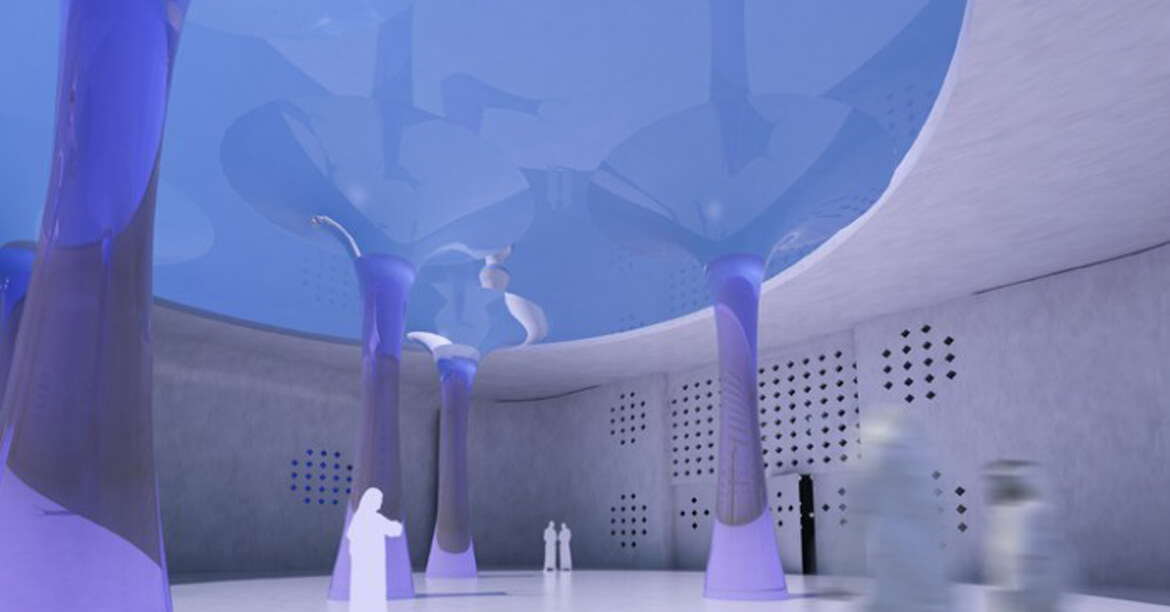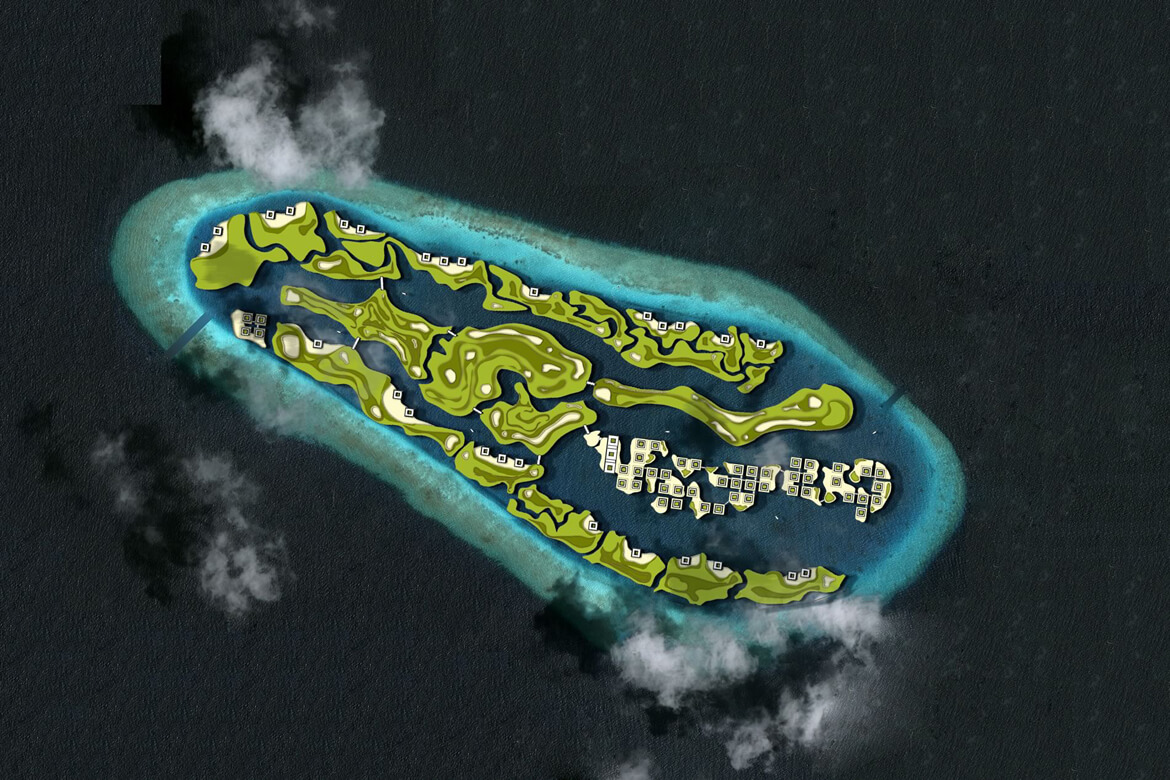Ciudades Anfibias
By Beatriz Portinari
CLUB + RENFE

Los arquitectos del futuro proponen una Atlántida biososteniblecomo respuesta al cambio climático y la utopía de una colonización oceánica.
“El mar no pErtEnEcE a los déspotas. En su superficie, aún pueden ejercer sus inicuos derechos, pelearse, devorarse y transportar todos los horrores terrestres, pero a treinta pies de profundidad, su poder
cesa. ¡Ah, señor, viva usted en el seno de los mares! ¡Solo ahí existe la independencia! ¡Ahí no reconozco señor alguno! ¡Allí soy libre!”. Con estas palabras, Julio Verne convirtió al capitán Nemo y su Nautilus en los pioneros de la llamada “colonización oceánica”, en 1870. Casi 200 años después de 20.000 leguas de viaje submarino, ingenieros y arquitectos ofrecen propuestas viables que van desde hoteles flotantes o flotels a cruceros-residencia para millonarios como The World y finalmente la utopía social y política de las naciones semi-sumergibles que propone el Seasteading Institute.
Pero, ¿por qué querría el hombre vivir en futuristas ciudades acuáticas?
Quizá por placer, por evadir impuestos en aguas internacionales o por pura necesidad medioambiental. Según los expertos en cambio climático y el Informe España: hacia un clima extremo, publicado por Greenpeace en 2014, se espera que a finales del siglo XXI la subida del nivel del mar por el deshielo del Ártico provoque una catástrofe climática y humanitaria que afectará al uno por ciento del territorio de Egipto, el 7% de Países Bajos, el 17% de Bangladesh y hasta el 80% de las Maldivas. En España, las mediciones indican que “durante la segunda mitad del siglo XXI, hasta 202 hectáreas de terreno se encontrarán en riesgo de inundación en la costa vasca. De esta extensión, la mitad corresponde a terrenos urbanizados, tanto zonas industriales como residenciales”. El peligro es real. Las estimaciones más pesimistas dicen que en 2030 habrá 50 millones de refugiados climáticos en el planeta, que ascenderían a 200 millones en el año 2050. ¿Qué hacer con esta población sin tierra? Más allá de previsiones, la evidencia está en el archipiélago de Kiribati, al noreste de Australia, donde 100.000 habitantes buscan territorio para trasladar todo un país porque el suyo ha comenzado a desaparecer bajo el mar. El gobierno de Kiribati ha comprado terreno en las islas Fiji para instalar a su población e incluso se ha planteado los diseños anfibios de uno de los arquitectos más preocupados por el medio ambiente, Vincent Callebaut, autor de los prototipos acuáticos Lilypad, Physalia y el más reciente Aequorea.
‘aRQuibiÓTica’ conTRa El cambio climáTico
“La anticipación urbana es fundamental para crear la ciudad del mañana, que considero imprescindible en la transición energética. Lo que llamo ‘arquibiótica’ es la solución
biotecnológica de la arquitectura a la crisis ambiental que sufrimos. Me inspiro en el biomorfismo, el biomimetismo y
la biónica, donde la ingeniería puede repetir esquemas de la naturaleza y aprovechar las nuevas tecnologías de comunicación”, explica Callebaut, a quien el Ayuntamiento de París
acaba de encargar el rediseño de la ciudad. De momento, sus audaces prototipos todavía no han encontrado océano donde iniciar la revolución verde.
Quien sí ha comenzado la construcción real de un atolón artificial para salvar a su población del mar es el Gobierno de las islas Maldivas, que ha firmado una alianza comercial con la empresa holandesa Dutch Docklands, experta en ganar terreno al agua. Si el entorno paradisíaco de las Maldivas va a desaparecer bajo el mar, nada mejor que empezar a construir una réplica flotante para mantener el turismo. Para ello se ha encargado el proyecto The 5 Lagoons al estudio de arquitectura Waterstudio, que dirige Koen Olthius, considerado “uno de los 100 eco-arquitectos que cambiarán el mundo” y que apuesta por el paso de las ciudades verdes a las ciudades azules sobre el agua. “No debemos tener miedo al posible aumento del nivel del mar, sino verlo como una oportunidad para mejorar nuestras ciudades. Si la costa española se puede ver afectada, debería empezar hoy mismo a considerar soluciones. Estas plataformas flotantes deberían ser eco-sostenibles, más duraderas y flexibles”, cuenta Olthius. El arquitecto va más allá e imagina “bellos parques en el agua, dinámicos, capaces de cambiar de forma y función en cada estación; el turismo ha sido siempre muy importante en la economía española y creo que estas extensiones flotantes podrían atraer más turistas.
Podría aportar al mismo tiempo seguridad y prosperidad a la costa. La tecnología está disponible, sólo sería necesario que fuera económicamente viable”.
El Seasteading Institute, creado en 2008 con importantes inversores como Peter Thiel, fundador de PayPal, va más allá y propone ciudades-estado independientes en aguas internacionales. Sin embargo, su utópico proyecto Floating City aún no ha visto la luz. “Técnicamente las ciudades anfibias son viables, pero deberían responder a una necesidad económica, legal y política real porque de lo contrario el proyecto no es rentable. Si tienes una plataforma que no pertenece a ningún país, no puedes defenderte de ataques piratas, por ejemplo. Para el problema del cambio climático existen soluciones más baratas como se ha visto con el relleno de tierra que está haciendo Singapur en su costa”, advierte el Ingeniero Naval y Oceánico, Miguel Lamas, experto en plataformas flotantes y antiguo colaborador del Seasteading Institute. En su tesis Establecimiento de comunidades autónomas en alta mar: opciones presentes y evolución futura hace un análisis realista de los posibles escenarios. Aunque estas comunidades en alta mar serían beneficiosas porque fomentarían el uso de las energías renovables de origen marino y la protección del hábitat oceánico, hoy por hoy no existe economía ni sociedad que respalde a corto plazo un costoso proyecto como las Ciudades Flotantes autónomas. Parece que la utopía de la colonización oceánica tendrá que esperar.

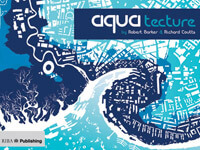
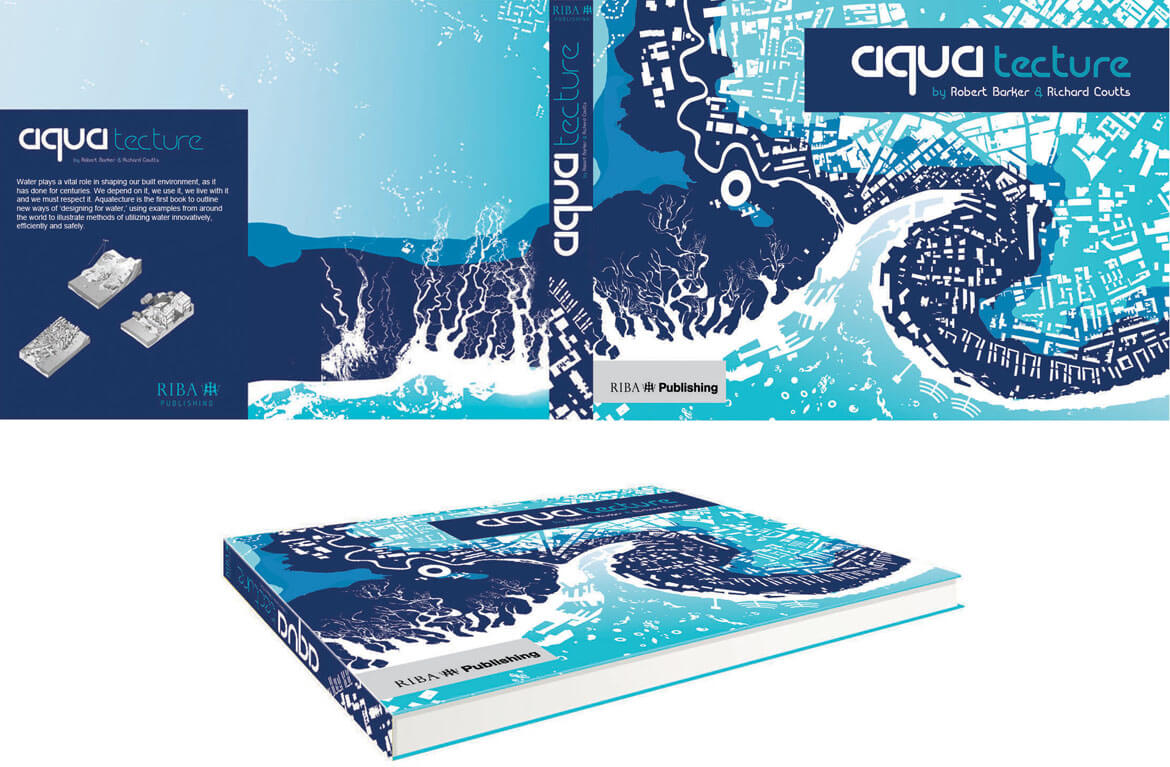
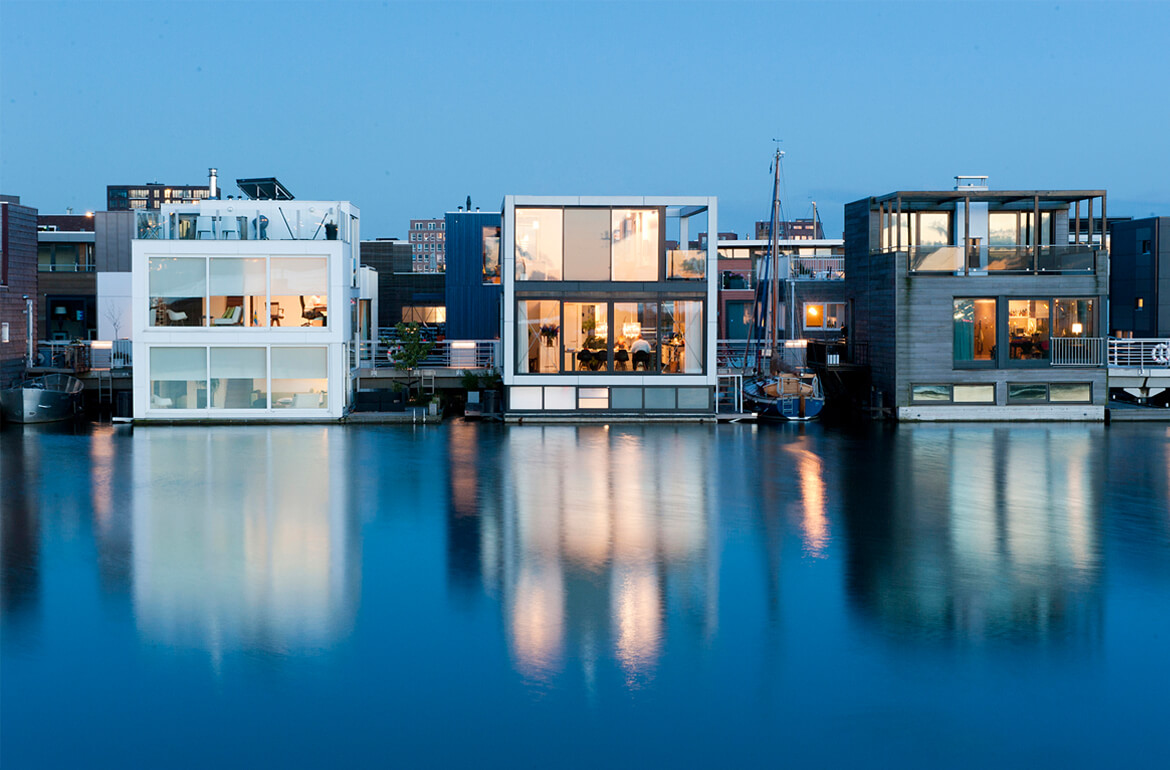
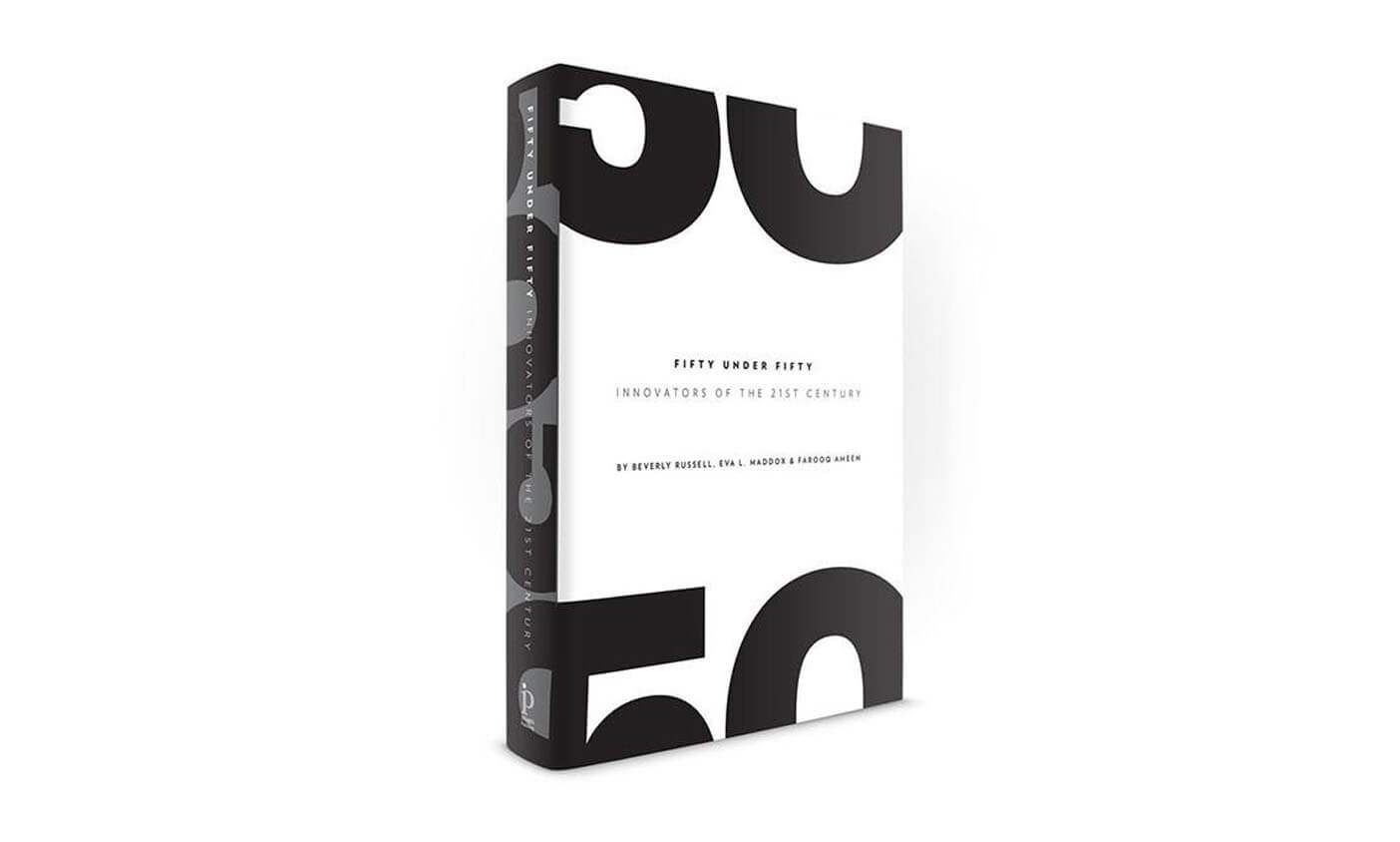
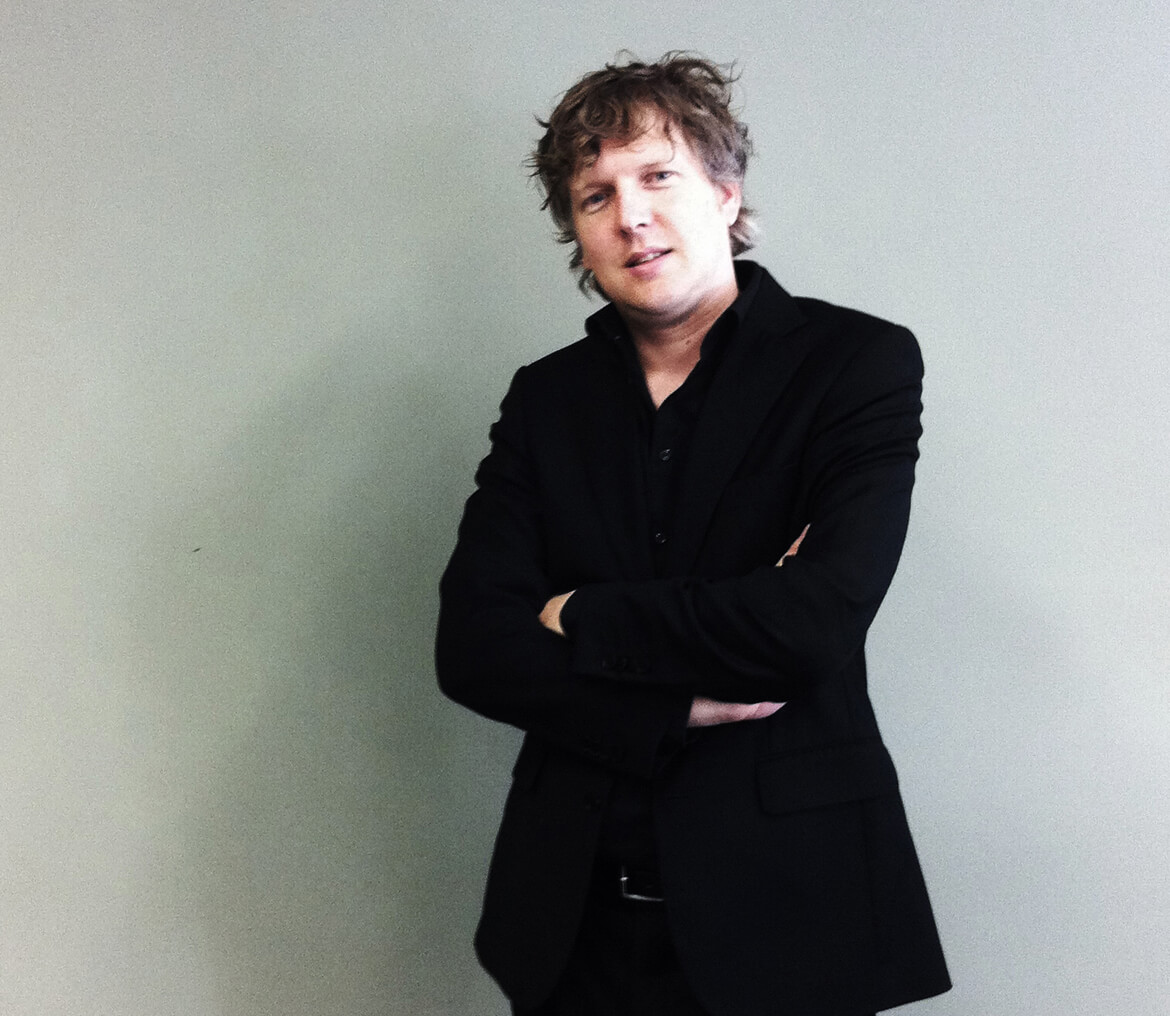

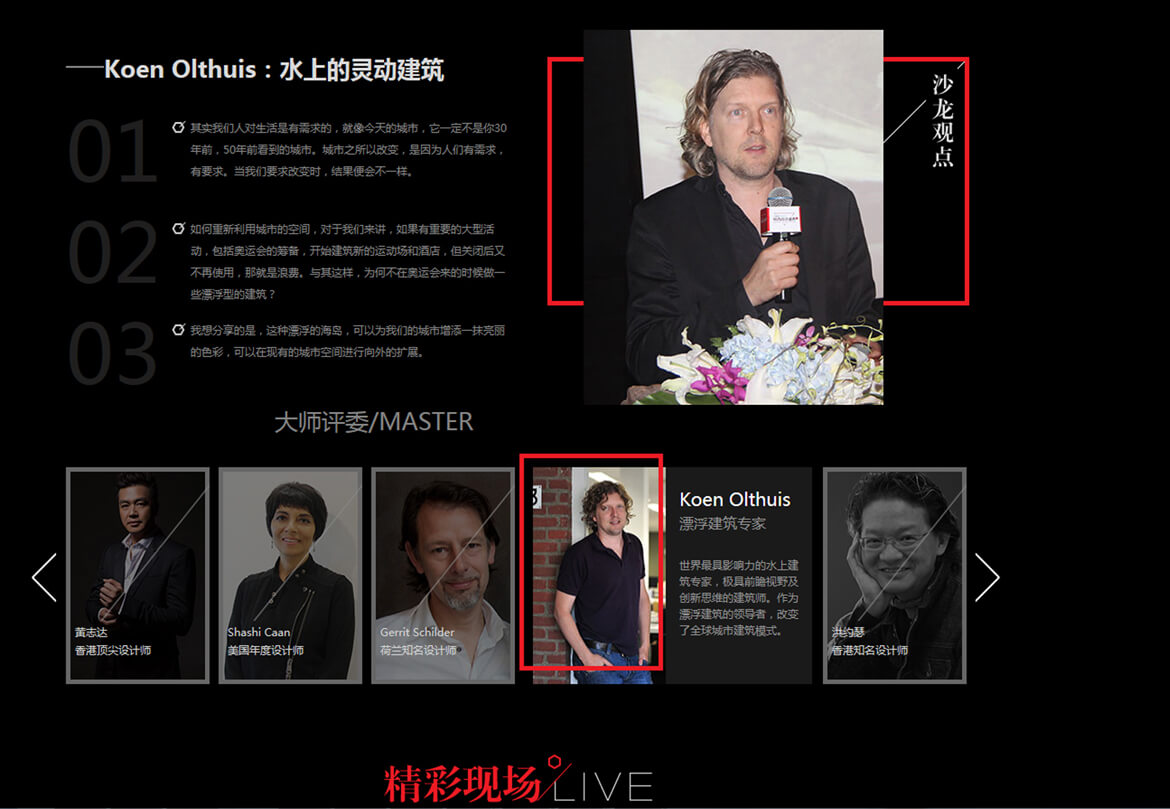
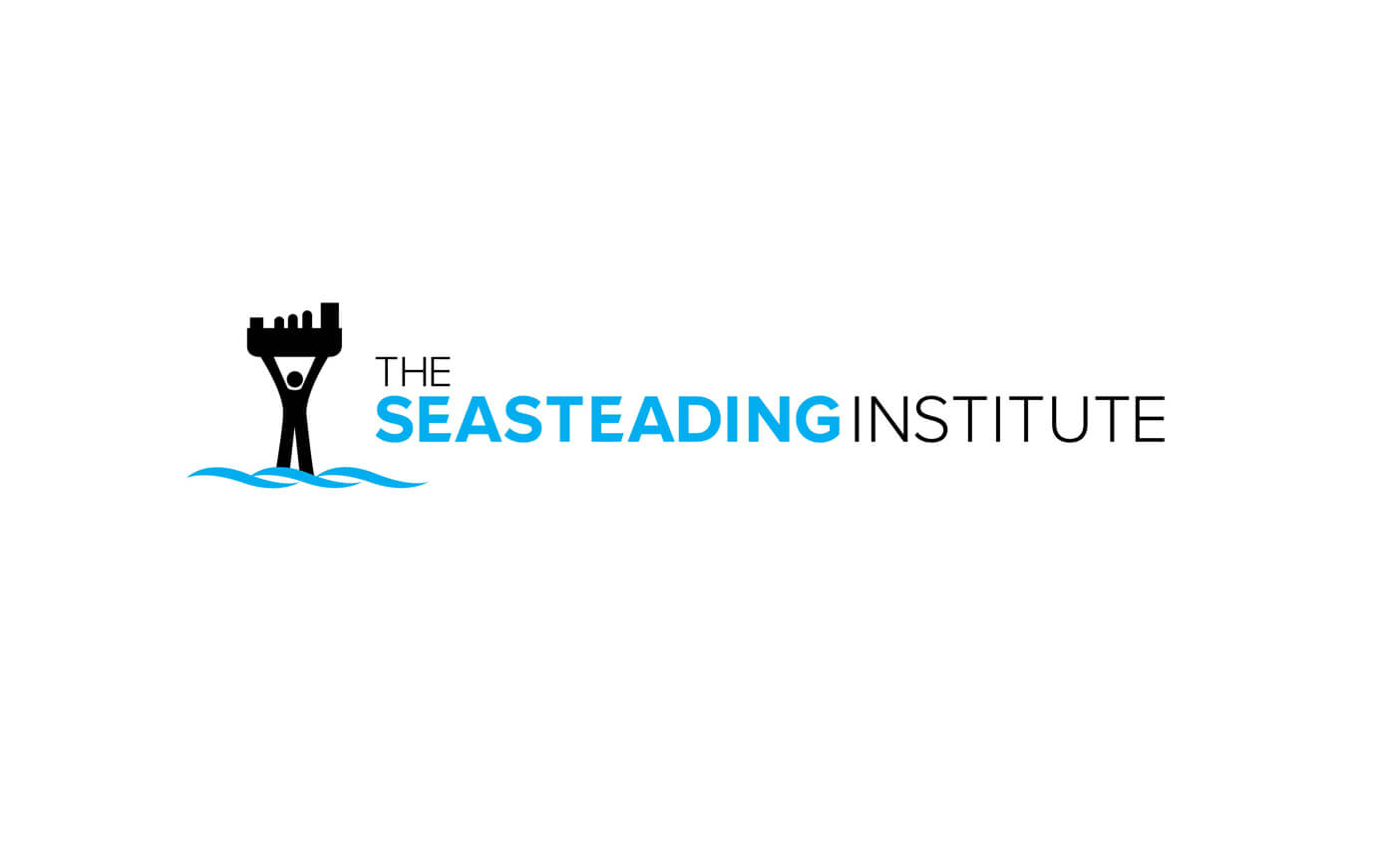
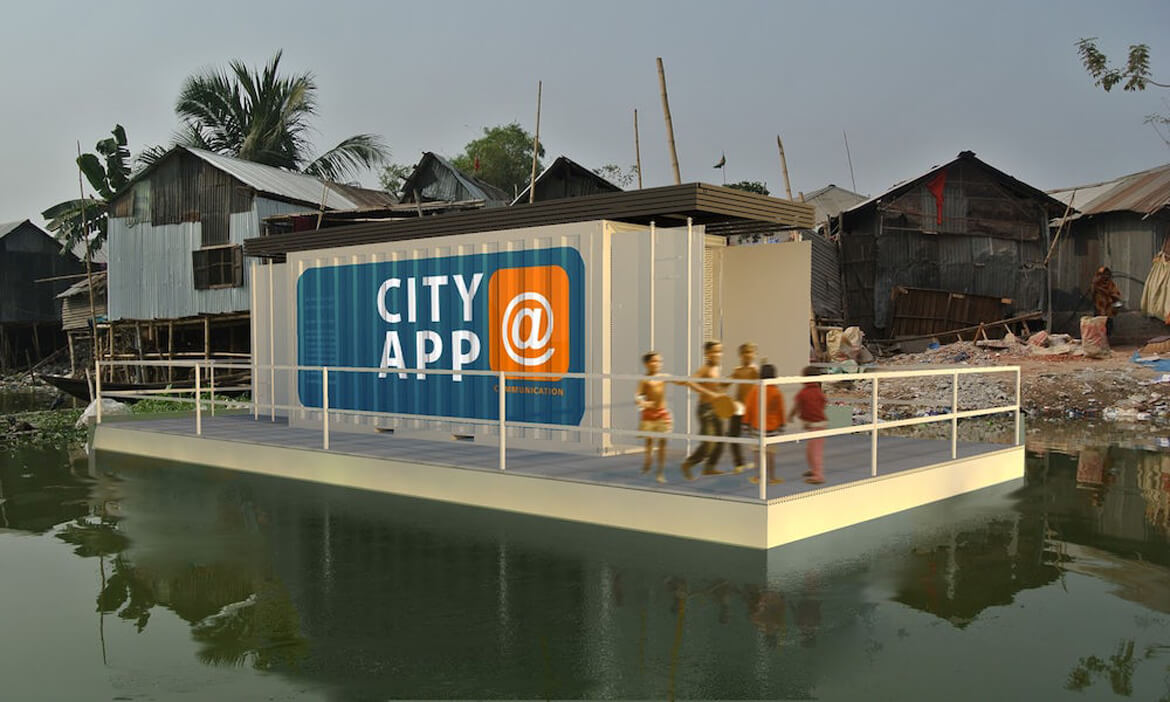
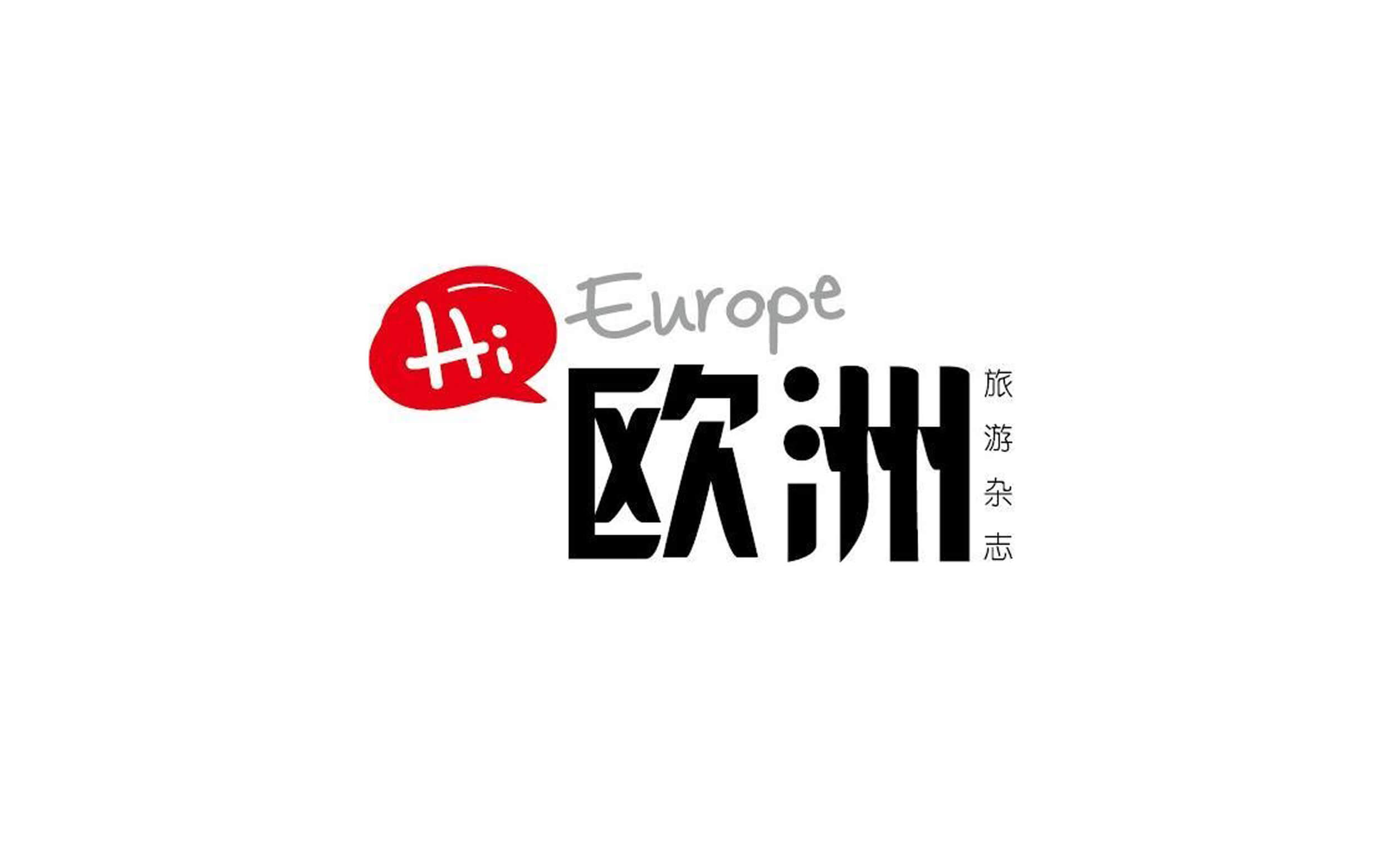
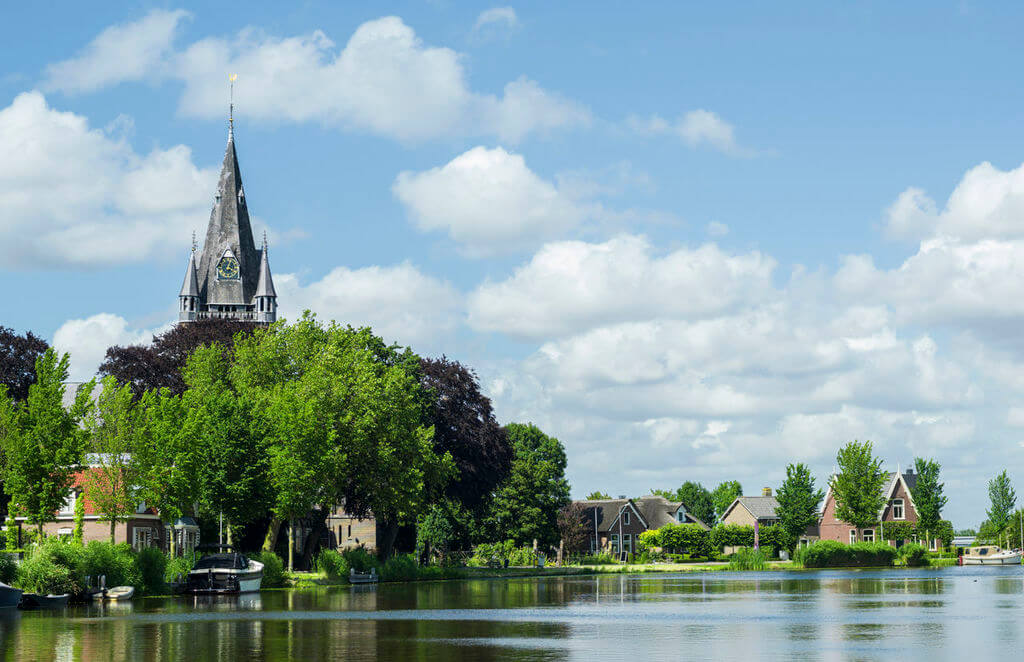

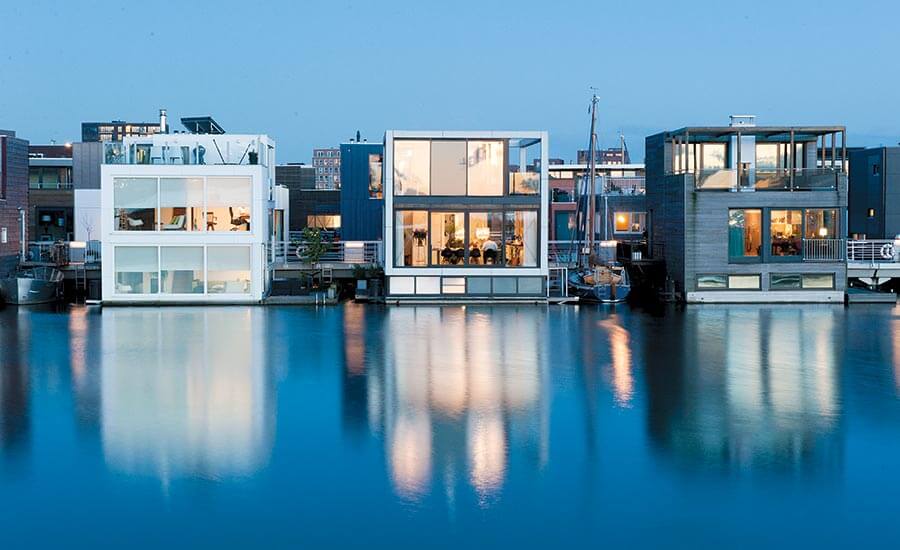
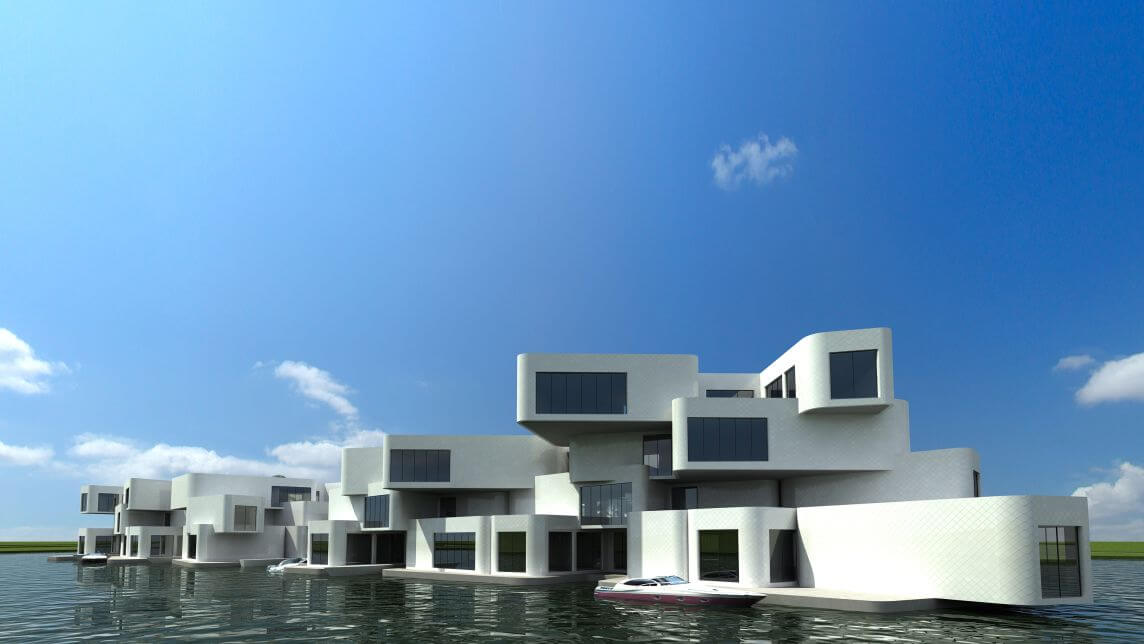
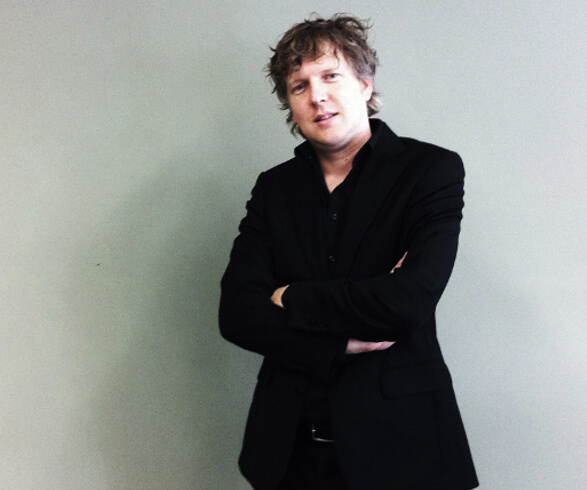

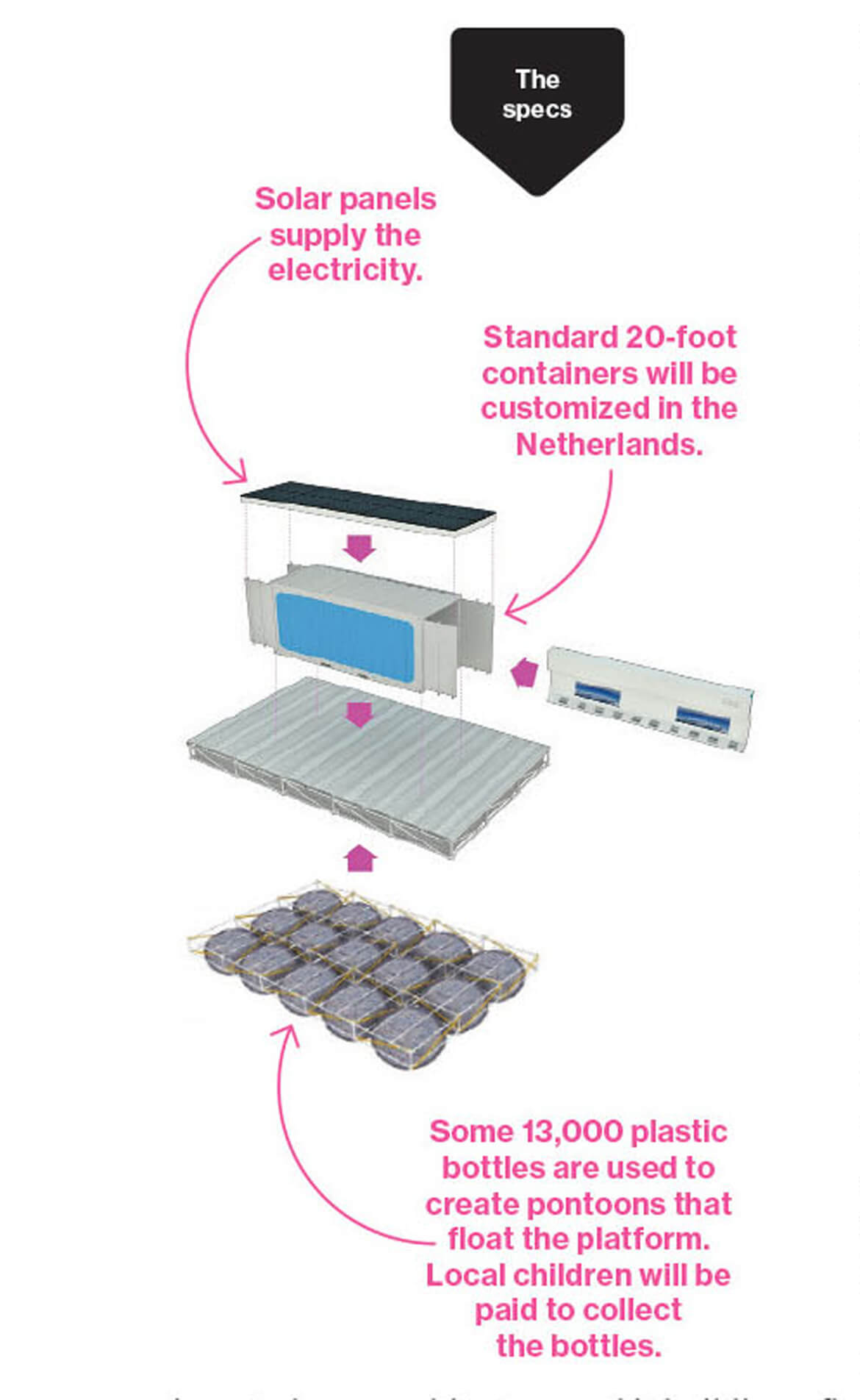
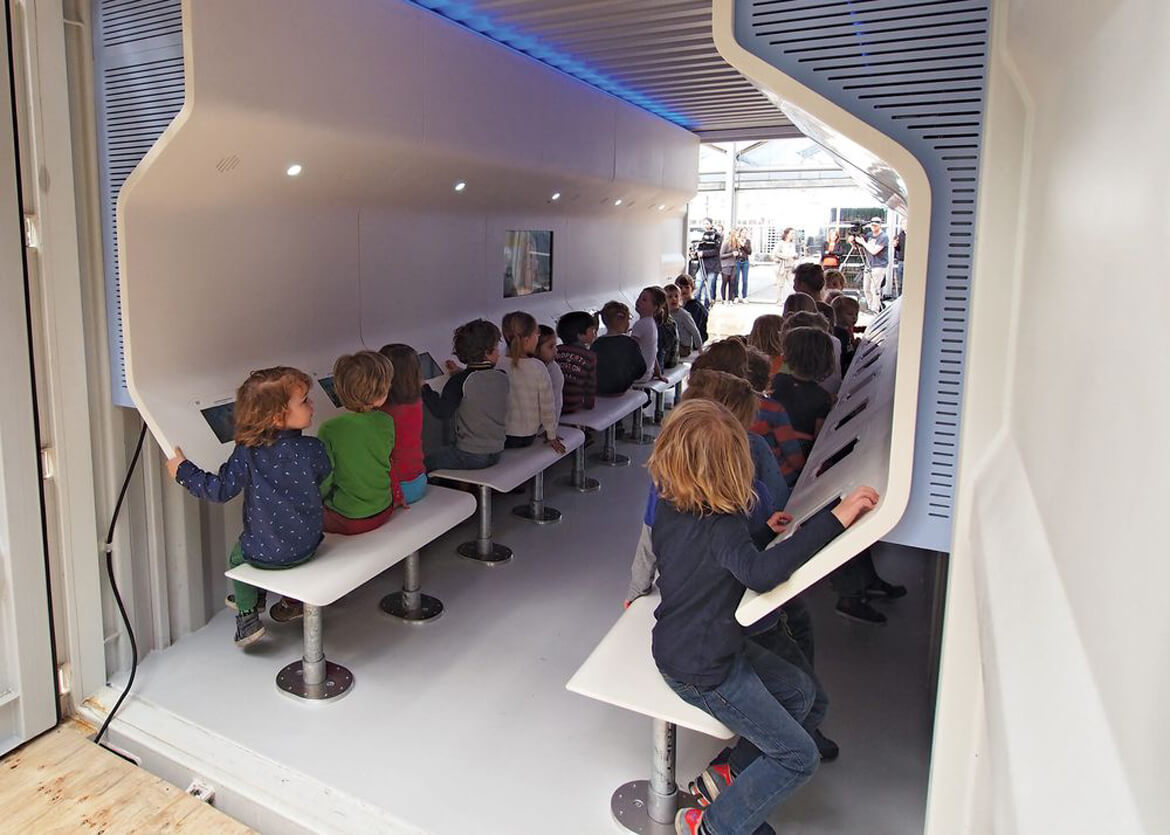
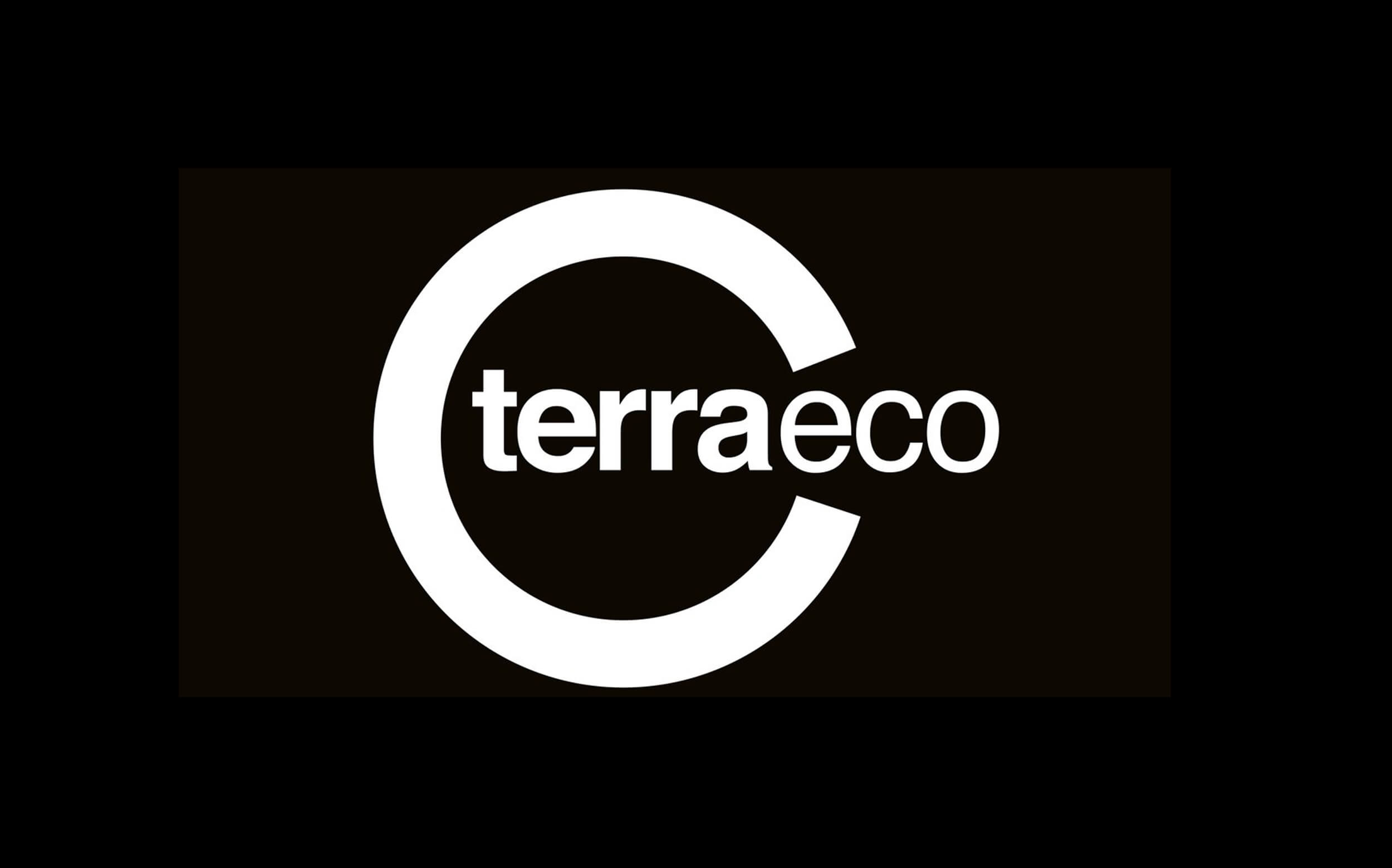



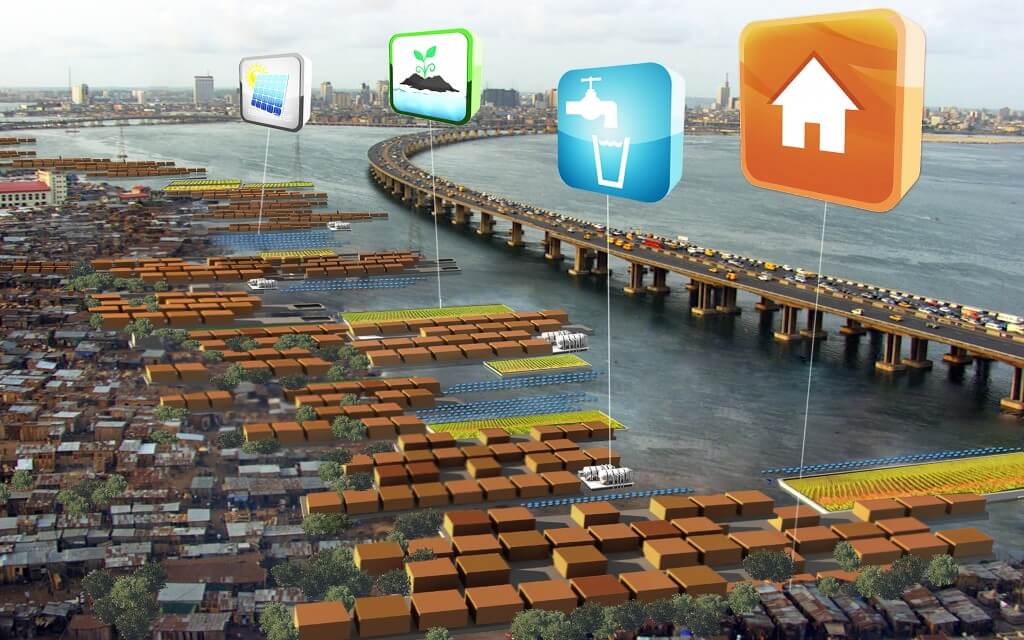 Med hjälp av cityappar vill arkitekterna på Waterstudio tillgodose grundläggande behov i världens vattennära slumområden. Foto: Sebastian van Baalen
Med hjälp av cityappar vill arkitekterna på Waterstudio tillgodose grundläggande behov i världens vattennära slumområden. Foto: Sebastian van Baalen
